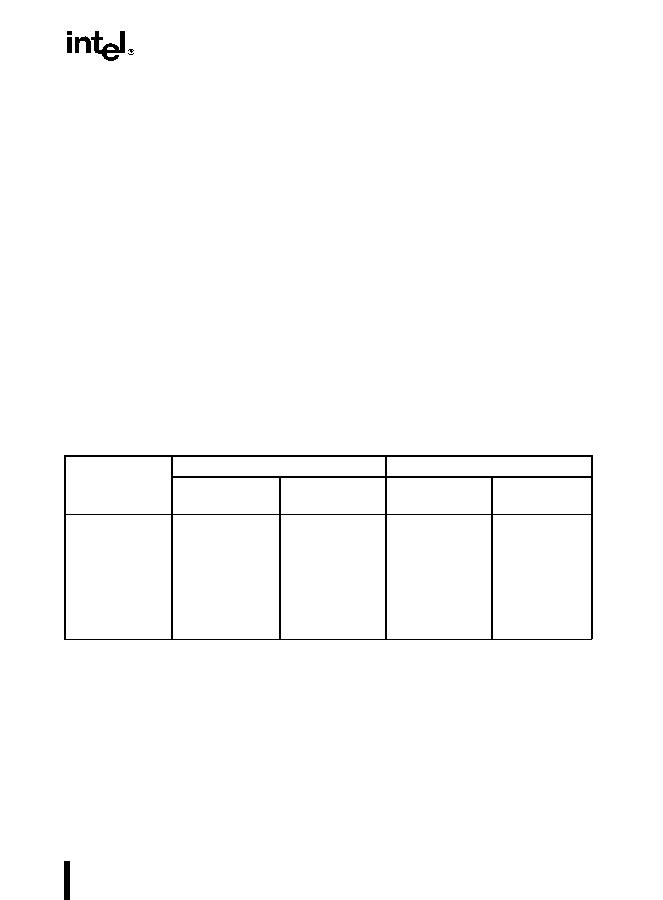10-7
INPUT/OUTPUT
order. Refer to Chapter 9, Memory Cache Control, in the Intel Architecture Software Devel-
opers Manual, Volume 3, for more information on using MTRRs.
Another method of enforcing program order is to insert one of the serializing instructions, such
as the CPUID instruction, between operations. Refer to Chapter 7, Multiple-Processor Manage-
ment, in the Intel Architecture Software Developers Manual, Volume 3, for more information on
serialization of instructions.
It should be noted that the chip set being used to support the processor (bus controller, memory
controller, and/or I/O controller) may post writes to uncacheable memory which can lead to out-
of-order execution of memory accesses. In situations where out-of-order processing of memory
accesses by the chip set can potentially cause faulty memory-mapped I/O processing, code must
be written to force synchronization and ordering of I/O operations. Serializing instructions can
often be used for this purpose.
When the I/O address space is used instead of memory-mapped I/O, the situation is different in
two respects:
The processor never buffers I/O writes. Therefore, strict ordering of I/O operations is
enforced by the processor. (As with memory-mapped I/O, it is possible for a chip set to
post writes in certain I/O ranges.)
The processor synchronizes I/O instruction execution with external bus activity (refer to
Table 10-1).
Table 10-1. I/O Instruction Serialization
Instruction Being
Executed
Processor Delays Execution of
Until Completion of
Current
Instruction?Next Instruction?Pending Stores?Current Store?
IN
Yes
Yes
INS
Yes
Yes
REP INS
Yes
Yes
OUT
Yes
Yes
Yes
OUTS
Yes
Yes
Yes
REP OUTS
Yes
Yes
Yes

